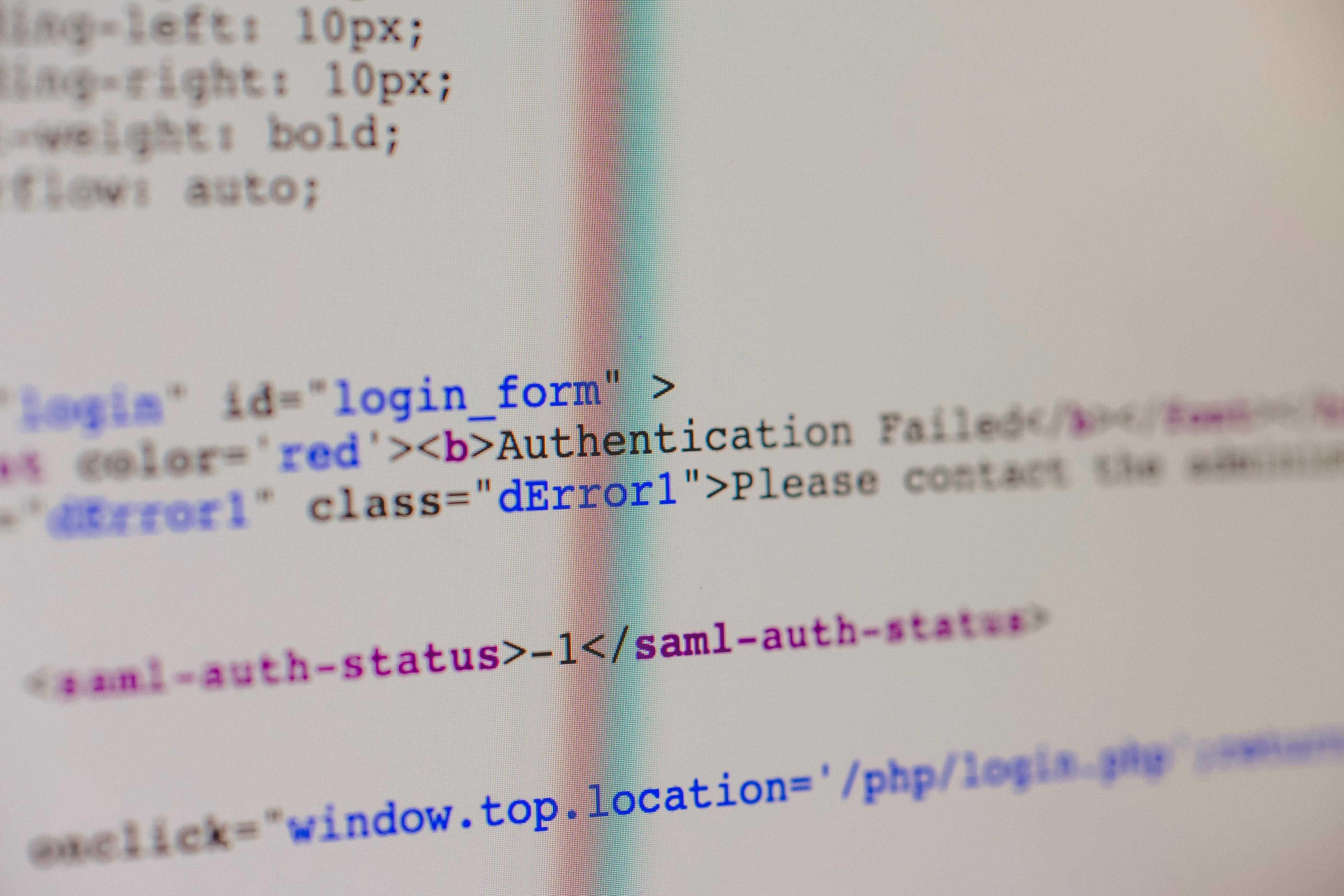Error Handling and Fallback Mechanisms in AI Assistants: A Comprehensive Guide
11 Nov 2024


In the rapidly evolving landscape of AI assistant development, robust error handling and effective fallback mechanisms are crucial components that distinguish exceptional conversational AI systems from mediocre ones. This comprehensive guide explores the intricacies of implementing reliable error management strategies and creating seamless user experiences even when things go wrong.
Understanding Error Types in AI Assistants
AI assistants encounter various types of errors during operation. Technical errors might include API failures, network timeouts, or database connection issues. Semantic errors occur when the AI fails to understand user intent or encounters ambiguous requests. Recognition errors happen when the system fails to identify entities or key information in user inputs.
Primary Error Categories:
Technical Infrastructure Errors
Natural Language Understanding Failures
Integration Point Failures
Context Management Issues
Authentication and Authorization Errors
Implementing Robust Error Handling
The foundation of effective error handling begins with comprehensive logging and monitoring systems. Every error should be captured, categorised, and stored for analysis. This data becomes invaluable for improving system performance and identifying patterns in failure points.
Error handling should be implemented at multiple levels:
Application Level: Handling system-wide errors and maintaining overall stability
Conversation Level: Managing dialogue-specific issues and maintaining context
Integration Level: Handling external service failures and API issues
Fallback Mechanisms: The Safety Net
Fallback mechanisms serve as crucial safety nets when primary processing fails. A well-designed fallback strategy should be multi-tiered, starting with specific responses and gradually moving to more general alternatives.
The Fallback Hierarchy:
Intent-Specific Fallbacks
When the system identifies the user's general intent but cannot execute the specific request, it should offer alternative solutions or clarifying questions.
Context-Aware Generalisations
If intent-specific fallbacks fail, the system should maintain context while providing more general assistance options.
Graceful Degradation
When sophisticated features fail, the system should seamlessly switch to simpler, more reliable alternatives.
Best Practices for Implementation
Implementing effective error handling requires careful consideration of user experience. Error messages should be clear, helpful, and actionable. They should avoid technical jargon and provide users with clear next steps or alternatives.
Monitoring and Improvement
Continuous monitoring of error patterns and fallback usage provides valuable insights for system improvement. Regular analysis of error logs helps identify common failure points and opportunities for enhancement.
Key metrics to monitor include:
Error frequency and types
Fallback trigger rates
Recovery success rates
User satisfaction post-error
Advanced Error Prevention Strategies
Proactive error prevention is as important as reactive handling. Implementing input validation, context verification, and pre-emptive checks can significantly reduce error occurrence.
Integration with Human Support
When automated error handling and fallbacks prove insufficient, seamless escalation to human support becomes crucial. The transition should be smooth and contextual, preserving conversation history and user intent.
Future Considerations
As AI technology evolves, error handling mechanisms must adapt. Emerging technologies like reinforcement learning and adaptive error handling show promise in creating more resilient systems.
Ready to implement robust error handling in your AI assistant? Click here to schedule your free consultation with Nexus Flow Innovations and discover how our expertise can enhance your AI solutions.
Keywords: AI error handling, fallback mechanisms, conversational AI errors, AI assistant development, error prevention strategies, AI system reliability, conversational AI development, AI error management, AI system monitoring, AI error logging, natural language understanding errors, AI support escalation, AI system resilience, technical error handling, AI conversation recovery, AI error prevention, fallback hierarchy, error handling best practices, AI system maintenance, conversational AI reliability